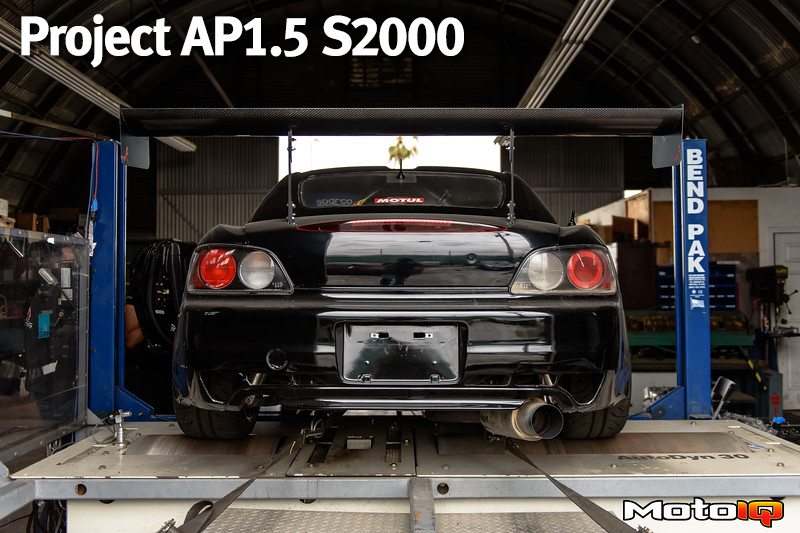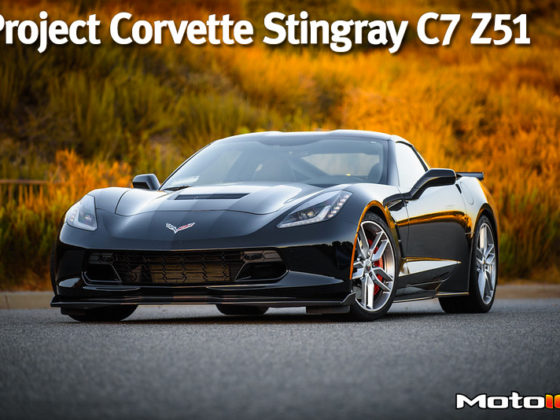,

Notice how the torque stays well below 125 ft/lbs, at around 110-120 ft/lbs until it gets close to hitting VTEC at 6000 RPM where it finally stays between 130 ft/lbs and its max at 133 ft/lbs.

Tuning a stock F22 with basic bolt-ons never results in magic numbers. What it does do is make your life marginally easier to maintain momentum around a racetrack.
Although we saw increases after tuning, less than 200whp doesn't get you anywhere in the power combative world of Time Attack. There is only so much magic that can be worked with dyno tuning, and if any magic can be found, AEM's Beau Brown is the one that will find it. But before we jump ship to the power-making train, we need to address other areas of this car first to support any large power gains. Stay tuned for the next part of Project AP1.5 where we will be installing an AEM CD-7 dash display and VDM module!



